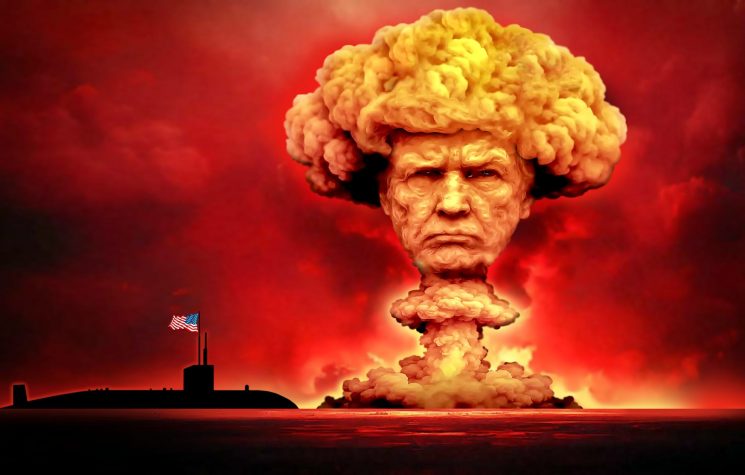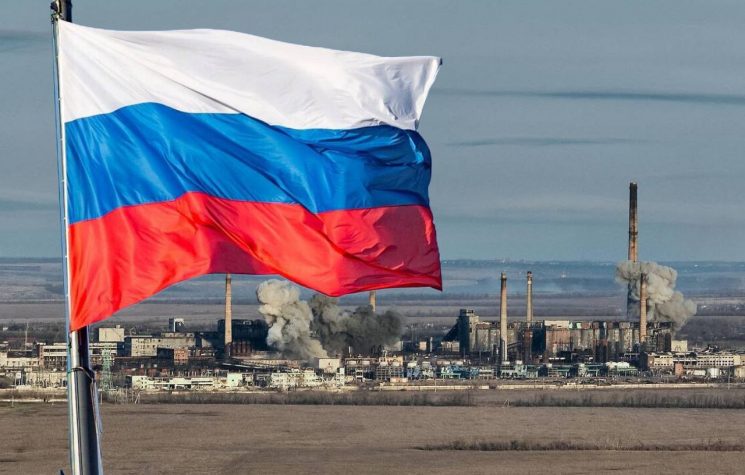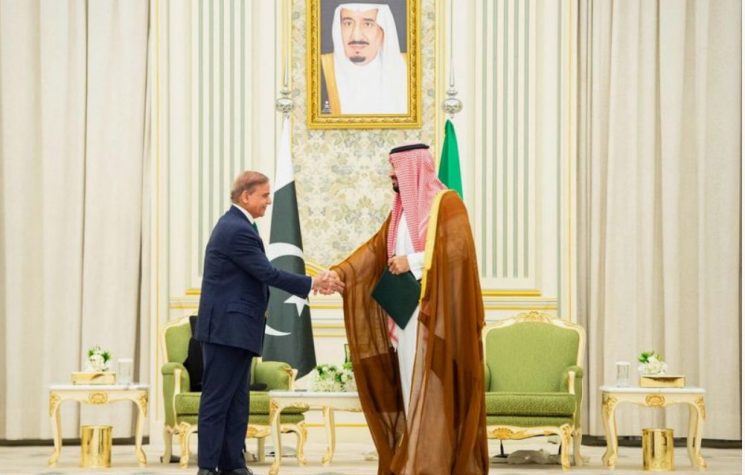How much longer will Europe follow the Western idiocracy? Has the time not come to choose to be on the right side of history?
Contact us: info@strategic-culture.su
A new nuclear deterrence doctrine. This is the Russian Federation’s response to NATO’s further provocation, which has authorised and initiated the use of long-range missile systems on Russian territory, attacking the country.
In the simplest and most elementary logic, this is called ‘yet another declaration of war’. In military doctrine, it is a provocation aimed at verifying certain positions of the enemy regarding certain necessary elements in the strategic equation. Everything is bordering on the absurd, because in such a delicate phase as the transition between the Biden and Trump governments, the American establishment seems to have nothing better to do than to throw the whole of Europe into the precipice of destruction. But they are smarter in Moscow.
From doctrine to doctrine
Let us first take a look at the previous military doctrine on nuclear weapons and deterrence, issued in June 2020 by executive decree of President Vladimir Putin.
The decree defines the basic principles of state policy on nuclear deterrence, a cornerstone of the country’s defence strategy, outlining Russia’s official view on the use of nuclear weapons, identifying the risks, threats and specific conditions that could lead to their use, as well as establishing guidelines for the management of deterrence.
Nuclear deterrence is defined as a set of political, military, economic and diplomatic measures coordinated to deter a potential adversary from taking hostile action against Russia and its allies. The policy, avowedly defensive in nature, aims to preserve national sovereignty, territorial integrity and state security by maintaining a sufficient level of nuclear capability to prevent aggression and armed conflict. In the event of a military conflict, this policy aims to prevent escalation and bring hostilities to a conclusion acceptable to the Russian Federation.
Russia regards nuclear weapons as an instrument of extreme necessity, the use of which is reserved for critical situations. The decision to use them rests solely with the President, who may, if necessary, inform other nations or international organisations of his willingness or decision to do so. Conditions for use include responding to a nuclear or WMD attack against Russia or its allies, a conventional aggression that threatens the existence of the state, or an attack on critical infrastructure that compromises nuclear response capabilities.
The decree then identifies several threats that require nuclear deterrence, including the development and deployment of advanced weapons systems by states considered adversaries, the expansion of hostile military alliances, and the uncontrolled proliferation of nuclear weapons. Other concerns include the deployment of offensive weapons near Russian borders and the potential use of space for military purposes.
The guiding principles of Russian nuclear deterrence include adherence to international arms control commitments, continuity of defensive activities, adaptability of strategy to emerging threats, centralisation of state control, and maintenance of a minimal but sufficient nuclear arsenal to ensure national security. Deterrence is based on a combination of land, sea and air nuclear forces, maintained in a constant state of readiness.
Responsibility for implementing this policy is distributed among various state bodies. The President guides the overall strategy, while the Government deals with economic, diplomatic and technological aspects to sustain the nuclear potential. The Security Council coordinates the activities of the institutions involved, and the Ministry of Defence oversees the planning and execution of military measures.
There is a declared commitment of the Russian Federation to reduce international tensions and to prevent and defuse conflicts, while reserving the right to defend itself by all necessary means, including nuclear force, against any existential threat.
The new announcement
Putin announced the new nuclear deterrence doctrine, not yet made public on government channels but available in unofficial translation on Sputnik channels.
The most important differences, or rather the specifications added in the new executive decree, concern the following points:
- The nature of the enemy, which can be single or an alliance or bloc, extending its definition, in perfect consistency with the repeated announcements by Russian government officials about attacks by NATO and its member countries;
- The types of threats identified, which are extended to a wide range of strategic systems, also integrating space technologies;
- The mapping of domains, redefining the proximity to the Russian Federation and its military systems.
The streamlining and updating of nuclear deterrence doctrine poses an important warning to the entire West: Russia is ready for nuclear war.
The President made reference to previously undisclosed Russian hypersonic missile systems, Oreshnik, which came as no small surprise to the West, which had instead focused on information the Kremlin had leaked to distract from its preparedness for direct conflict. A system, the Oreshnik, capable of reaching Mach 10, exceeding the Western defence systems known to us.
The announcement was reiterated by Putin’s words on 21 November, when he spoke to the world giving a real ultimatum:
‘I repeat: we are testing the Oreshnik missile system under combat conditions in response to the aggressive actions of NATO countries against Russia. The question of further deployment of intermediate-range and short-range missiles will be decided by us depending on the actions of the U.S. and its satellites. The targets to be hit during further tests of our latest missile systems will be determined by us according to the security threats to the Russian Federation. We consider ourselves authorised to use our weapons against the military facilities of those countries that allow Ukraine to use their weapons against our facilities, and in the event of an escalation of aggressive actions, we will respond in an equally decisive and speculative manner. I recommend to the ruling elites of those countries that plan to use their military contingents against Russia to think seriously about it’.
To the folly of the American hegemon, Putin responds by appealing to the European countries, who are well aware that they are the ones who will be sacrificed in an unprecedented fratricidal war. How much longer will Europe follow the Western idiocracy? Has the time not come to choose to be on the right side of history?
Russia, therefore, responds with a counter-attack and a promise: we continue to use ‘conventional’ weapons, because we reserve the nuclear dessert for a better time. The choice of the menu is up to the West.









































